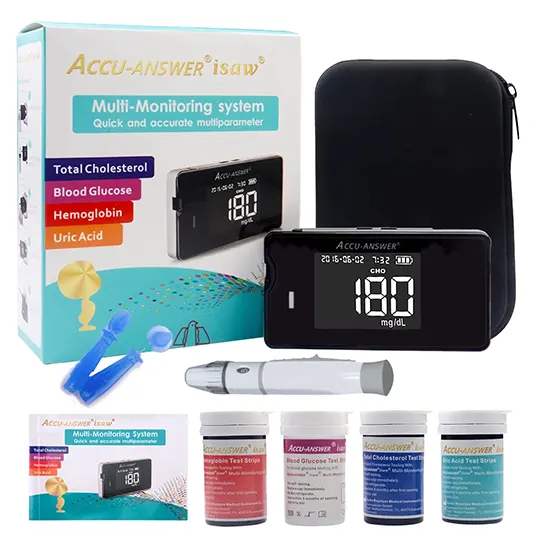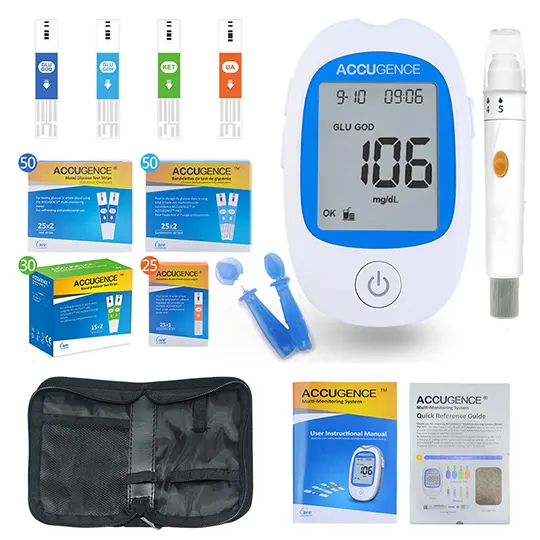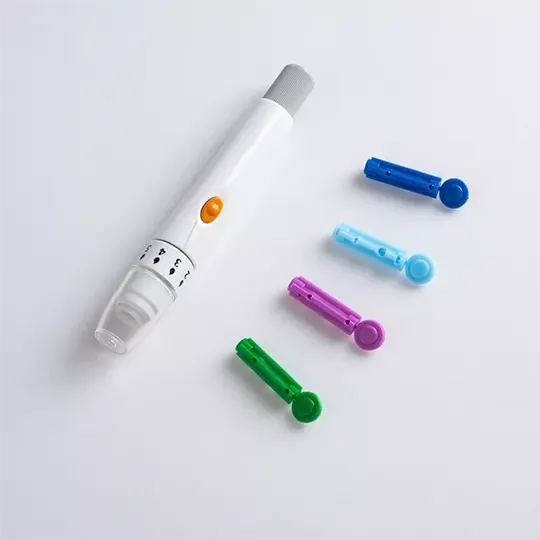Mildison Lipocream
Active ingredient: hydrocortisone
- 1. Name of the medicinal product
- 2. Qualitative and quantitative composition
- 3. Pharmaceutical form
- 4. Clinical particulars
- 4.1 Therapeutic indications
- 4.2 Posology and method of administration
- 4.3 Contraindications
- 4.4 Special warnings and precautions for use
- 4.5 Interaction with other medicinal products and other forms of interaction
- 4.6 Fertility, pregnancy and lactation
- 4.7 Effects on ability to drive and use machines
- 4.8 Undesirable effects
- 4.9 Overdose
- 5. Pharmacological properties
- 5.1 Pharmacodynamic properties
- 5.2 Pharmacokinetic properties
- 5.3 Preclinical safety data
- 6. Pharmaceutical particulars
- 6.1 List of excipients
- 6.2 Incompatibilities
- 6.3 Shelf life
- 6.4 Special precautions for storage
- 6.5 Nature and contents of container
- 6.6 Special precautions for disposal and other handling
- 7. Marketing authorisation holder
- 8. Marketing authorisation number(s)
- 9. Date of first authorisation/renewal of the authorisation
- 10. Date of revision of the text
1. Name of the medicinal product
Mildison Lipocream
2. Qualitative and quantitative composition
Mildison Lipocream contains 1% w/w hydrocortisone.
Excipient(s) with known effect:
Cetostearyl alcohol (6 % w/w)
Propyl parahydroxybenzoate (E216) (0.05 % w/w)
For the full list of excipients, see section 6.1
3. Pharmaceutical form
Cream.
The product is a white or practically white smooth cream.
4. Clinical particulars
4.1 Therapeutic indications
Mildison Lipocream is indicated in adults, children and infants. It is indicated in eczema and dermatitis of all types including atopic eczema, otitis externa, primary irritant and allergic dermatitis, intertrigo, prurigo nodularis, seborrhoeic dermatitis, and insect bite reactions.
4.2 Posology and method of administration
For cutaneous use.
Posology
Adults, children and older people:
Apply a small quantity only sufficient to cover the affected area two or three times a day. Due to the formulation of the base the product may be used both for dry scaly lesions and for moist or weeping lesions.
Children and infants: Long term treatment should be avoided. Courses should be limited to seven days where possible.
4.3 Contraindications
Hypersensitivity to the active substance or to any of the excipients listed in section 6.1.
This preparation is contraindicated in the presence of untreated viral or fungal infections, tubercular or syphilitic lesions, peri-oral dermatitis, acne vulgaris and rosacea and in bacterial infections unless used in connection with appropriate chemotherapy.
4.4 Special warnings and precautions for use
As with all corticosteroids, application to the face, flexures and other areas of thin skin may cause skin atrophy and increased absorption and should be avoided.
Visual disturbance may be reported with systemic and topical corticosteroid use. If a patient presents with symptoms such as blurred vision or other visual disturbances, the patient should be considered for referral to an ophthalmologist for evaluation of possible causes which may include cataract, glaucoma or rare diseases such as central serous chorioretinopathy (CSCR) which have been reported after use of systemic and topical corticosteroids.
The cetostearyl alcohol may cause local skin reactions (e.g. contact dermatitis) and the propyl parahydroxybenzoate (E216) may cause allergic reactions (possibly delayed).
Keep away from the eyes.
Mildison Lipocream contains paraffin. Instruct patients not to smoke or go near naked flames - risk of severe burns. Fabric (clothing, bedding, dressings etc) that has been in contact with this product burns more easily and is a serious fire hazard. Washing clothing and bedding may reduce product build-up but not totally remove it.
Infants
Although generally regarded as safe even for long term administration in adults there is a potential for overdosage in infancy. Extreme caution is required in dermatoses of infancy including napkin eruption. In such patients courses of treatment should not normally exceed seven days.
4.5 Interaction with other medicinal products and other forms of interaction
No interaction studies have been performed.
4.6 Fertility, pregnancy and lactation
Pregnancy
There are no or limited amount of data from the use of hydrocortisone in pregnant women. Studies in animals have shown reproductive toxicity (see Section 5.3).
Breast-feeding
Hydrocortisone/metabolites are excreted in human milk, but at therapeutic doses of Mildison no effects on the breast-fed newborns/infants are anticipated.
4.7 Effects on ability to drive and use machines
None known.
4.8 Undesirable effects
Local atrophic changes may occur, particularly in skin folds, intertriginous areas or in nappy areas in young children where moist conditions favour hydrocortisone absorption. Systemic absorption from such sites may be sufficient to produce hypercorticism and suppression of the pituitary adrenal axis after prolonged treatment. This effect is more likely to occur in infants and children and if occlusive dressings are used or large areas of skin treated. Napkins may act as occlusive dressings.
Not known (cannot be estimated from the available data)
Eye disorders: Vision, blurred (see also section 4.4).
Skin and subcutaneous tissue disorders: Skin atrophy, often irreversible, with thinning of the epidermis, telangiectasia, purpura and skin striae. Pustular acne, perioral dermatitis, rebound effect, skin depigmentation, and contact dermatitis.
The cetostearyl alcohol may cause local skin reactions (e.g. contact dermatitis) and the propyl parahydroxybenzoate (E216) may cause allergic reactions which can be delayed.
Reporting of suspected adverse reactionsReporting suspected adverse reactions after authorisation of the medicinal product is important. It allows continued monitoring of the benefit/risk balance of the medicinal product. Healthcare professionals are asked to report any suspected adverse reactions via the Yellow Card Scheme at: www.mhra.gov.uk/yellowcard or search for MHRA Yellow Card in the Google Play or Apple App Store.
4.9 Overdose
Excessive use, especially under occlusive dressings or over a long period of time, may produce adrenal suppression. No special procedures or antidote. Treat any adverse effects symptomatically
5. Pharmacological properties
5.1 Pharmacodynamic properties
Pharmacotherapeutic group: Corticosteroid, ATC code: D07AB02
The active ingredient, hydrocortisone, is a well-established corticosteroid with the pharmacological actions of a corticosteroid classified as mildly potent.
5.2 Pharmacokinetic properties
In human in-vivo studies the potency of this formulation has been demonstrated as being of the same order as other widely available formulations of hydrocortisone 1%.
5.3 Preclinical safety data
There is inadequate evidence of safety in human pregnancy. Topical administration of corticosteroids to pregnant animals can cause abnormalities of foetal development including cleft palate and intra-uterine growth retardation. There may therefore be a very small risk of such effects in the human foetus. Theoretically, there is the possibility that if maternal systemic absorption occurred the infant's adrenal function could be affected.
6. Pharmaceutical particulars
6.1 List of excipients
Cetostearyl alcohol
Macrogol Cetostearyl Ether
Light Liquid paraffin
White soft paraffin
Benzyl alcohol
Propyl parahydroxybenzoate (E216)
Sodium citrate anhydrous
Citric acid anhydrous
Purified water
6.2 Incompatibilities
None stated.
6.3 Shelf life
3 years
6.4 Special precautions for storage
Do not store above 25°C.
6.5 Nature and contents of container
Collapsible membrane-necked internally coated aluminium tubes with a polyethylene screw cap containing 10 g, 15 g, 30 g, or 100 g.
Not all pack sizes may be marketed.
6.6 Special precautions for disposal and other handling
No special requirements.
7. Marketing authorisation holder
Karo Pharma AB
Box 16184
103 24 Stockholm
Sweden
8. Marketing authorisation number
PL 50567/0002
9. Date of first authorisation/renewal of the authorisation
Date of first authorisation: 23 September 1987
Date of latest renewal: 21 December 2004.
10. Date of revision of the text
07 October 2019




